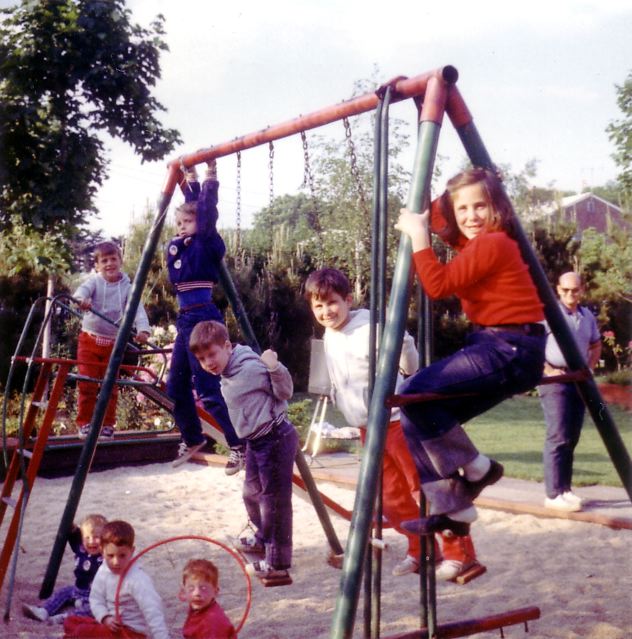It is unlikely that the name Robert Israel means much to many of my readers. But if you are a practicing personal injury lawyer in New York, it means a whole lot. And the fact that he was just placed on probation for professional misconduct means a whole lot more.
Dr. Israel has been, for many years, one of the most frequent orthopedists that defense firms and insurance companies turn to for medical-legal exams. These are done so that the defendants get an “independent” view of a plaintiff’s injuries, apart from the opinions of the treating doctors. Then he comes in to testify. It’s fair to say that he has far more experience in the courtroom then the vast majority of attorneys in the country.
How many litigation exams has he done? When I cross-examined him five years ago, he said he was doing 30 of these exams per week; 1,500 per year. Robert Israel Cross (page 20). He’s testified hundreds of times, and never for a plaintiff unless it was his own patient (page 33). That is a stunning business that also has a remarkable impact on those who’ve brought suit for personal injuries.
And what was he placed on probation for? Well, I wouldn’t be writing this post if it was for getting drunk and tossing his skivvies at a cop. That would be wholly unrelated to his practice and, I think, a cheap shot.
No, he was sanctioned because of his conduct doing these types of “independent” medical exams, which are more properly referred to as Defense Medical Exams. (Because the docs that do these things aren’t being selected by the court.)
As per the charges against him, it all deals with his conduct performing these medical-legal exams by failing to take adequate, accurate and complete medical histories and by failing to note accurate, complete and appropriate physical exams. This is, as it happens, directly in accord with the testimony I took from him where he botched (deliberately or not, I don’t know) the history of my client, making statements of things that were never claimed in the lawsuit.
(By coincidence, I blogged that trial in day-in-the-life format in 2008. This was part one.)
How many victims were turned out of court due to Dr. Robert Israel’s misconduct? Only he knows. Maybe. Will anyone turned out of court due to questionable testimony he gave sue him? Intriguing question, glad you asked.
As per the three-year probation agreement that he consented to, online here, he agrees that his:
…license to practice medicine in New York State shall be limited to preclude me from engaging in any practice as an Independent Medical Examiner as of March 2013. I shall not contract or agree to perform, nor perform Independent Medical Examinations.
<long low whistle>
Now here is a big legal issue for all those defense firms and insurance companies that thought they were being so smart in hiring Dr. Israel: The consent order does not preclude him from testifying. He can’t be an examiner for the next three years for sure, but the examination part is done. His records and reports (for what they are worth) are already made. There is no reason he can’t testify, other than the fact he will be (justifiably) torn to bits. But being torn to bits is not the same as being unavailable to testify.
That means there’s a good chance they will all be stuck with him. The insurance companies got the benefit of his exams previously and now they will get the downside. Karma. Sleeping with the devil. Laying down with dogs and picking up fleas. Choose your metaphor or proverb.
Will a judge allow the insurance companies to take a mulligan on the medical-legal exams? Will a plaintiff respond by saying, hey, if you don’t like the guy, let’s re-open all those cases where Dr. Israel previously testified?
Now if a doctor that performed an exam dies or becomes incapacitated during litigation, they would be entitled to another exam since s/he would be unavailable. But Dr. Israel is still available and is not precluded from his regular practice as an orthopedist.
The order goes into effect this Friday, June 7th.
Update: July 2, 2013: In the comments is a discussion as to whether this sanction can serve as a basis for defendants obtaining a second defense medical exam, and pretending that Dr. Israel is unavailable to testify based on the order. That issue has now been resolved, courtesy of attorney Jonathan Fier who obtained an opinion on the subject from the Department of Health. That letter is here Robert-Israel-OpinionLetter and states, in relevant part:
“…the order neither bars all testimony nor permits all testimony”
“If licensee, in the future, testifies about acts performed, observations or findings made or opinions and/or diagnoses rendered, respectively, at a time that predates the effective date of the Order, we would not consider that a reportable violation.”
“If, in relation to any Independent Medical Examination occurring at any point in time, the licensee engages in or testifies regarding any further act of observation. finding, opinion, and/or diagnosis (including but not limited to providing his opinion on any subsequent and/or supplemental medical we would consider that to be reportable as a possible violation.”



